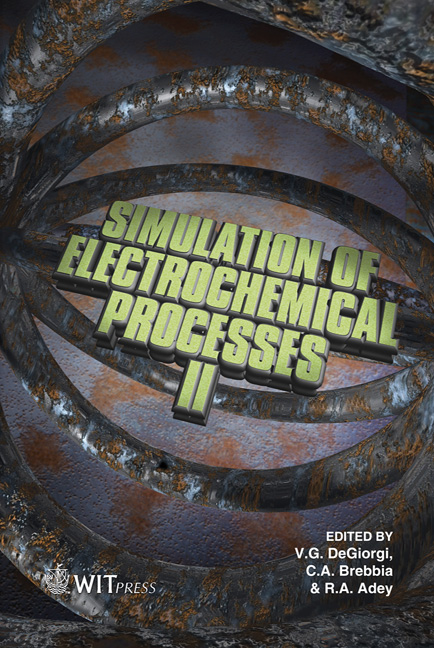3D Cathodic Protection Design Of Ship Hulls
Price
Free (open access)
Transaction
Volume
54
Pages
10
Published
2007
Size
946 kb
Paper DOI
10.2495/ECOR070101
Copyright
WIT Press
Author(s)
L. Bortels, B. Van den Bossche, M. Purcar, A. Dorochenko & J. Deconinck
Abstract
This paper presents a 3D software tool for the design and optimization of cathodic protection systems for submerged structures. It provides the corrosion engineer with a powerful tool for managing operational costs, significantly reducing expensive commissioning surveys and costly repairs, adding major value to the cathodic protection business. The software is entirely CAD integrated such that it can deal with 3D CP-configurations of arbitrary complexity with parameterisation of all geometrical dimensions. The CP model is based on the potential model describing the ohmic drop in the electrolyte (soil, water) with non-linear boundary conditions that model the electrochemical reactions at anodes and cathodes. In this paper, it is explained why the Finite Element Method is used to solve the problem. As an example the protection level of a hypothetical marine vessel using impressed current cathodic protection (ICCP) systems will be investigated. In addition, the underwater electric potential (UEP) of the vessel will be calculated. Keywords: cathodic protection simulations, ICCP, advanced software package, marine vessel. 1 Introduction Cathodic Protection (CP) systems are widely applied to buried and offshore structures. Most often, these CP systems contain a series of impressed current and/or sacrificial anodes, sometimes placed at a remote distance from the structure. The entire configuration of the CP system and the structures necessitate and justify the use of numerical simulations.
Keywords
cathodic protection simulations, ICCP, advanced software package, marine vessel.





